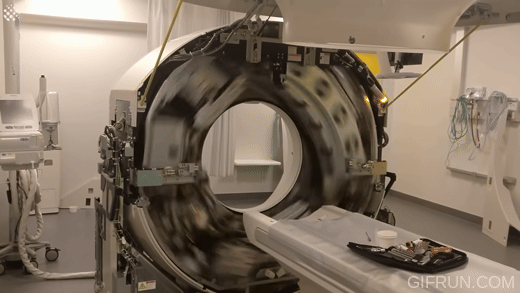
A Deep Dive into MRI Machine's Computing Systems
As an IT specialist with a comprehensive understanding of the medical field, I find magnetic resonance imaging (MRI) to be a prime example of technology's incredible impact on healthcare. MRI combines the expertise of various scientific disciplines, including physics, engineering, and computer science, to provide detailed and non-invasive images of the human body's internal structures. In this article, I will offer an in-depth look at the computer systems within an MRI machine, emphasizing their importance and capabilities from an IT point of view.
To better understand the role of computer systems in MRI, let's first review the main components of an MRI machine:
- Superconducting Magnets: These magnets are made of materials like niobium-titanium or niobium-tin, capable of generating magnetic fields up to 60,000 times stronger than Earth's magnetic field.
- Cryogenic Cooling System: Superconductivity is achieved by cooling the magnets to -269°C using liquid helium in a cryostat system.
- Radiofrequency (RF) Coils: These coils transmit and receive RF pulses, causing hydrogen atoms to emit energy, which is then detected and converted into electrical signals.
- Gradient Coils: Responsible for creating variations in the magnetic field, these coils enable precise spatial encoding of signals emitted by hydrogen atoms and produce characteristic knocking sounds during an MRI scan.
Now, let's explore the crucial functions that computer systems perform in the MRI process:
Signal Processing and Image Reconstruction
MRI machines generate vast amounts of raw data that require complex mathematical algorithms for processing. As an IT specialist, I find using Fourier transforms and iterative reconstructions particularly fascinating. These algorithms allow the computer system to convert electrical signals received from the RF coils into detailed cross-sectional images of the patient's body.
Pulse Sequence Programming and Control
Pulse sequences are specific combinations of RF pulses, gradient coil switching, and signal acquisition timing that determines the appearance and contrast of MRI images. The computer systems in MRI machines are responsible for defining, controlling, and optimizing these pulse sequences. This ensures the desired image quality while minimizing artifacts, which can be a challenging task considering the complex interplay between various MRI parameters.
Real-time Patient Monitoring and Feedback
During an MRI scan, the computer systems constantly monitor the patient's vital signs, such as heart rate, respiration, and blood oxygen levels. This real-time monitoring ensures patient safety and allows the MRI technologist to make any necessary adjustments during the scan. From an IT perspective, this highlights the importance of reliable and efficient computing systems in critical healthcare applications.
Implementation of Advanced Imaging Techniques
Advanced imaging techniques, such as functional MRI (fMRI), diffusion tensor imaging (DTI), and magnetic resonance spectroscopy (MRS), are made possible by the sophisticated computer systems within MRI machines. These techniques offer invaluable insights into the brain's functional activity, neural connections, and biochemical composition, extending far beyond conventional MRI imaging.
Data Storage and Communication
MRI machines generate large amounts of data that require efficient storage and communication systems. As an IT specialist, I appreciate the implementation of digital imaging and communications in medicine (DICOM) standards in MRI computer systems. DICOM allows for seamless storage, transmission, and sharing of medical images across different healthcare providers, ensuring smooth access to vital diagnostic information.
The computer systems inside an MRI machine play an indispensable role in converting raw data into detailed images crucial for diagnosing and treating numerous medical conditions. As we continue to push the boundaries of what is possible in medical imaging, the role of IT specialists in developing, maintaining, and improving these sophisticated computer systems will only grow in importance. This collaboration between IT and medical professionals will undoubtedly contribute to further advancements in MRI technology and ultimately, the betterment of patient care.
Student at Weatherford College
6moVery informational! Great article!